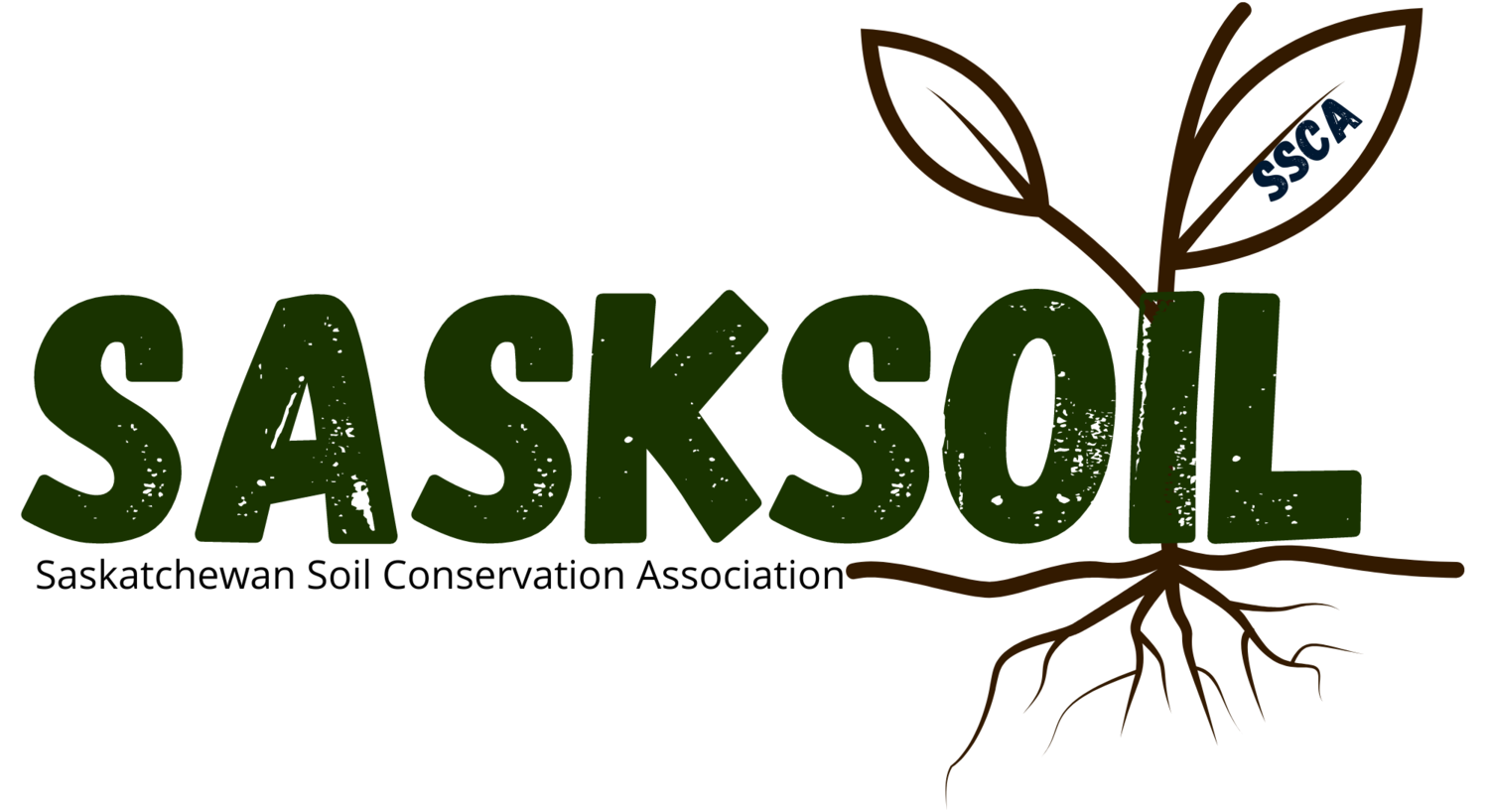Soil Carbon Sequestration
What is soil carbon sequestration?
Atmospheric concentrations of carbon dioxide can be lowered either by reducing emissions or by taking carbon dioxide out of the atmosphere and storing in it terrestrial, oceanic, or freshwater aquatic ecosystems. A sink is defined as a process or an activity that removes a greenhouse gas from the atmosphere. The long-term conversion of grassland and forestland to cropland (and grazing lands) has resulted in historic losses of soil carbon worldwide but there is a major potential for increasing soil carbon through restoration of degraded soils and widespread adoption of soil conservation practices.
What agricultural activities sequester carbon?
Soil conservation practices not only reduce soil erosion but also increase the organic matter content of soils. Principal conservation strategies, which sequester carbon, include converting marginal lands to compatible land use systems, restoring degraded soils, and adopting best management practices. For example, removing agriculturally marginal land from annual crop production and adopting an ecologically compatible land use, such as livestock grazing and/or wildlife habitat, can lead to increases in total biomass production and an increase in carbon content in the soil.
The following best management practices have been proven to sequester soil carbon:
conservation tillage practices like direct seeding systems;
elimination of summerfallow;
extending crop rotations to include perennial forage crops for hay or pasture.
management of crop residue and application of organic materials and manures;
soil fertility optimization through improved fertilizer placement and site-specific management;
other techniques that may improve crop yields, and reduce on-site and off-site production risks.
How much carbon could actually be sequestered though these activities?
Canadian cropland can sequester about 22 million tonnes of atmospheric CO2 per year by using current best management practices. Canadian grazing land can sequester 3 million tonnes of atmospheric CO2 annually by controlled grazing, fire management, use of fertilizers, improved cultivars, and wetland restoration. ( National Climate Change Process: Sinks Options Paper, 1999)
While our lands can be managed to increase carbon storage, the increase can only temporarily offset greenhouse gas emissions. Many view land-based carbon sinks as buying valuable time to address the more significant challenge - reducing greenhouse gas emissions.
Is sequestering carbon compatible with other environmental goals important to agriculture?
Yes. The soil and water conservation practices that sequester carbon were originally developed to address environmental concerns related to agriculture like soil erosion, organic matter depletion and soil salinity. Adoption of appropriate conservation strategies lead to enhancement of overall environmental quality through:
improved wildlife habitat, higher water quality and reduced soil erosion;
improved soil quality by raising productivity and contributing to sustainable land use;
carbon sequestration in soil.
